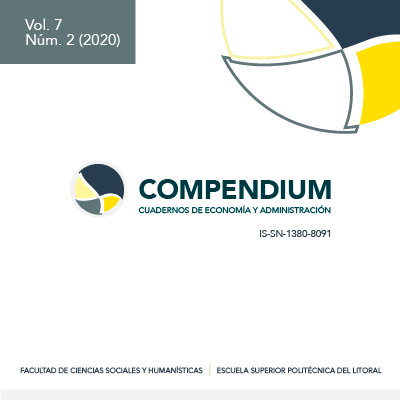SOCIAL ISOLATION POLICIES AGAINST CORONAVIRUS PANDEMIC AND ITS IMPACT ON METEOROLOGICAL OBSERVING SYSTEMS
##plugins.themes.bootstrap3.article.main##
Resumen
The COVID-19 pandemic has forced most countries in the world to adopt strict policies of social isolation. As a consequence, there have been positive and negative indirect effects on the environment. For example, some countries have reported improvements in air quality, cleaner beaches, and decreased environmental noise. However, there have also been negative indirect effects. This research aims to analyze the effects of social isolation policies on meteorological observation systems. It was found that the meteorological observations from aircraft as well as surface-based observations have been strongly affected. To a lesser extent, marine and satellite measurements have been affected. Our research highlights the importance of having a resilient and automated meteorological observation system, as well as complementary methods of monitoring the atmosphere and weather.
Palabras clave
##plugins.themes.bootstrap3.article.details##
Aquellos autores/as que tengan publicaciones con esta revista, aceptan los términos siguientes:
- Los autores/as conservarán sus derechos de autor y garantizarán a la revista el derecho de primera publicación de su obra, el cuál estará simultáneamente sujeto a la Licencia de reconocimiento de Creative Commons que permite a terceros compartir la obra siempre que se indique su autor y su primera publicación esta revista.
- Los autores/as podrán adoptar otros acuerdos de licencia no exclusiva de distribución de la versión de la obra publicada (p. ej.: depositarla en un archivo telemático institucional o publicarla en un volumen monográfico) siempre que se indique la publicación inicial en esta revista.
- Se permite y recomienda a los autores/as difundir su obra a través de Internet (p. ej.: en archivos telemáticos institucionales o en su página web) antes y durante el proceso de envío, lo cual puede producir intercambios interesantes y aumentar las citas de la obra publicada. (Véase El efecto del acceso abierto).

Este obra está bajo una licencia de Creative Commons Reconocimiento 4.0 Internacional
Citas
2 He, R., Lu, Z., Zhang, L., Fan, T., Xiong, R., Shen, X., ... & Geng, Q. (2020). The clinical course and its correlated immune status in COVID-19 pneumonia. Journal of Clinical Virology, 104361.
3 Li, G., Hu, R., & Gu, X. (2020). A close-up on COVID-19 and cardiovascular diseases. Nutrition, Metabolism and Cardiovascular Diseases.
4 Lumpkin, R. (2010). Deployment of Drifting Buoys from Ships. 4th International PMO conference.
5 Mahato, S., Pal, S., & Ghosh, K. G. (2020). Effect of lockdown amid COVID-19 pandemic on air quality of the megacity Delhi, India. Science of The Total Environment, 139086.
6 Muhammad, S., Long, X., & Salman, M. (2020). COVID-19 pandemic and environmental pollution: A blessing in disguise?. Science of The Total Environment, 138820.
7 NOAA, 2016. https://www.nesdis.noaa.gov/content/celebrating-world%E2%80%99s-first-meteorological-satellite-tiros-1, Accessed date: 9 May 2020.
8 Rahmstorf, S. (2002). Ocean circulation and climate during the past 120,000 years. Nature, 419(6903), 207-214.
9 Saadat, S., Rawtani, D., & Hussain, C. M. (2020). Environmental perspective of COVID-19. Science of The Total Environment, 138870.
10 Sharma, S., Zhang, M., Gao, J., Zhang, H., & Kota, S. H. (2020). Effect of restricted emissions during COVID-19 on air quality in India. Science of The Total Environment, 728, 138878.
11 WDQMS, 2020. https://wdqms.wmo.int/nwp/synop, Accessed date: 9 May 2020.
12 WMO, 2020. https://public.wmo.int/en/media/press-release/covid-19-impacts-observing-system, Accessed date: 9 May 2020.
13 Yongjian, Z., Jingu, X., Fengming, H., & Liqing, C. (2020). Association between short-term exposure to air pollution and COVID-19 infection: Evidence from China. Science of The Total Environment, 138704.
14 Zambrano-Monserrate, M. A., Ruano, M. A., & Sanchez-Alcalde, L. (2020). Indirect effects of COVID-19 on the environment. Science of The Total Environment, 138813.
15 Zhou X, Zhou X, Wu Y. (2006) Present situation and development trend of US meteorological satellites. Aerosp China 1:30–33

